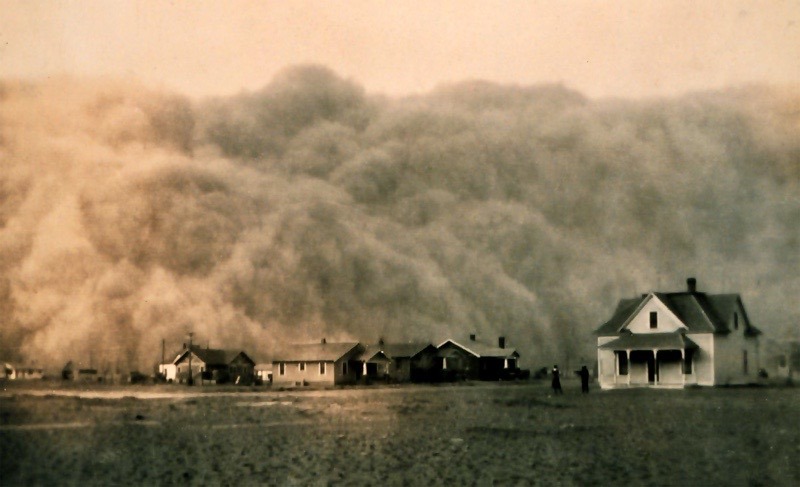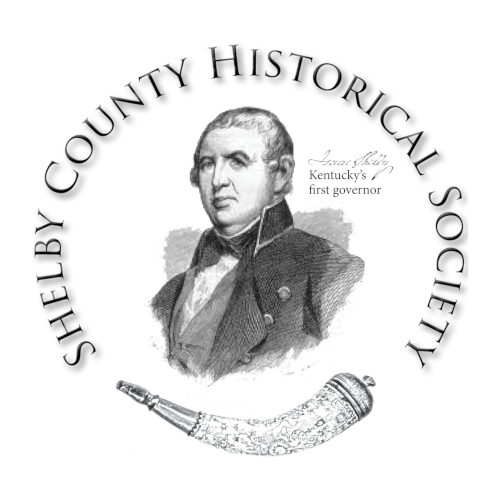

How the Dust Bowl Affected Shelby County
The Dust Bowl of the 1930’s was not isolated to the panhandles of Texas and Oklahoma. Atmospheric conditions and soil erosion affected agriculture all the way to the eastern seaboard. Ben Allen Thomas, Sr. wrote about the impact to Shelby County farmers in, “As I Recall It”, and the shift from crops to milk production as a result of poor farming methods on the Great Plains.
“1930 was the year of the great drought. Western states had been concentrating on wheat and plowed much land that should not have been plowed and when a big wind storm came, we had mud on our automobiles when a shower followed a dust cloud. The 1930 tobacco crop was rather heavy and of below average quality and it sold at a record low price. The very top price was about 12 cents a pound in contrast to 45 cents a pound which was paid in 1928. Many baskets of tobacco were sold for $1.00 a hundred which just paid the warehouse commission. Under these conditions many farmers felt that dairying was one way to get a monthly income, and quite a number of new dairies were started.”
The National Bank of Kentucky, as well as many country banks closed their doors the same year, as the hardships of the Great Depression were just beginning.
